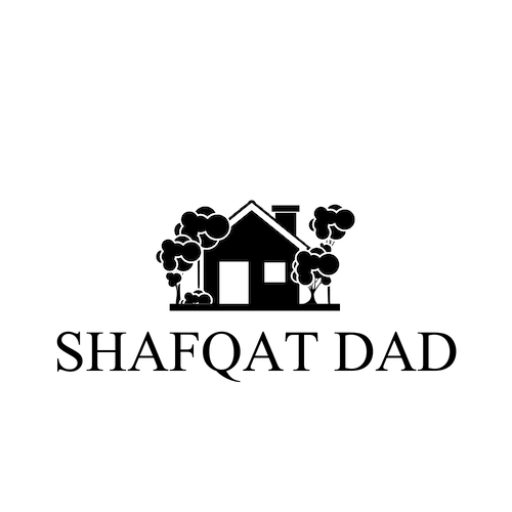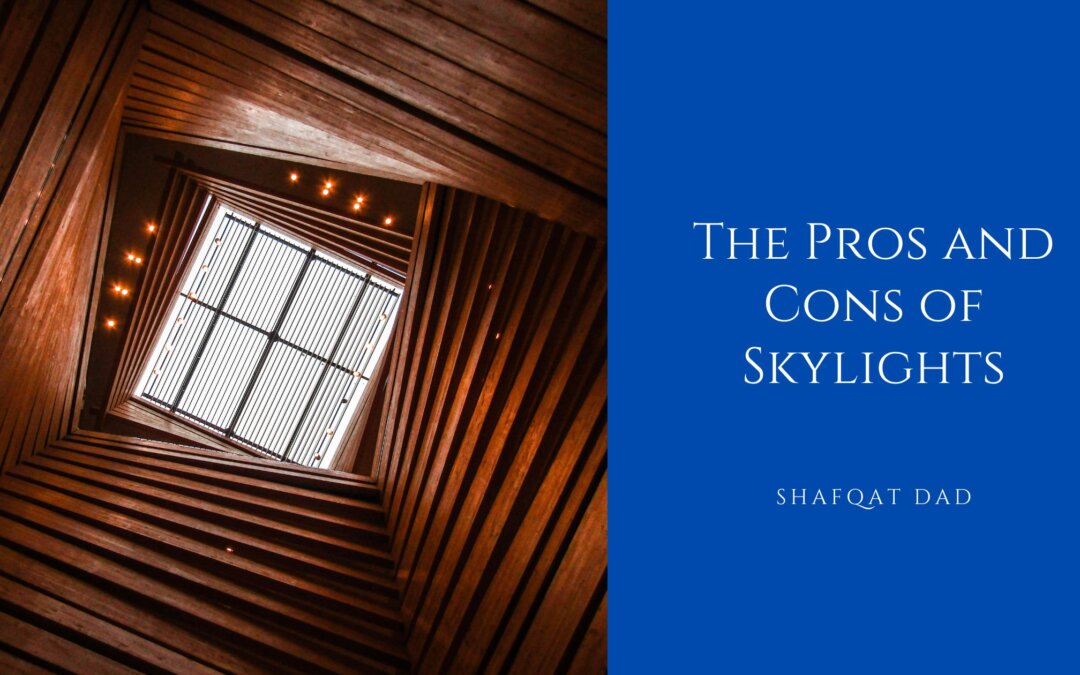Skylights are a popular architectural feature that can add natural light, ventilation, and visual interest to any home or building. While they offer numerous benefits, they also come with their own set of drawbacks. Understanding the pros and cons of skylights can help homeowners make informed decisions about whether to incorporate them into their living spaces.
Pros
1. Natural Light
One of the primary advantages of skylights is their ability to bring natural sunlight into interior spaces. This can help reduce the need for artificial lighting during the day, leading to energy savings and a brighter, more inviting atmosphere indoors. Natural light has also improved mood, productivity, and overall well-being.
2. Ventilation
Many skylights are designed to open, allowing fresh air to circulate and ventilate the space. This can help improve indoor air quality by removing stale air and odors, reducing humidity, and preventing condensation buildup. Ventilating skylights are especially beneficial in areas such as kitchens, bathrooms, and attics, where proper airflow is essential.
3. Privacy
Skylights offer a unique opportunity to bring light into a room without sacrificing privacy. Unlike windows at eye level, skylights are typically positioned high on the ceiling, making it difficult for outsiders to peer inside. This allows homeowners to enjoy natural light and sky views without compromising their privacy or security.
4. Aesthetic Appeal
Skylights can enhance the aesthetic appeal of a home’s interior and exterior. From sleek, modern designs to traditional, rustic styles, skylights come in various shapes, sizes, and materials to complement any architectural style or decor scheme. They can also serve as focal points or design elements that add visual interest and drama to a space.
Cons
1. Cost
Skylights can be expensive to purchase and install, particularly if structural modifications are required to accommodate them. Factors such as size, material, and complexity of installation can significantly impact the overall cost of adding skylights to a home. Additionally, ongoing maintenance and repair costs should be considered when skylight budgeting.
2. Heat Gain and Loss
While skylights can provide natural light and warmth during the winter months, they can also contribute to heat gain and heat loss in the summer. Without proper insulation and shading mechanisms, skylights may allow excessive heat to enter the home, leading to increased cooling costs and discomfort during hot weather. Homeowners should carefully consider the orientation and placement of skylights to minimize heat gain and loss.
3. Potential for Leaks
Improper installation or maintenance of skylights can result in leaks, water damage, and mold growth. Flashing details, sealants, and waterproof membranes must be installed correctly to prevent moisture infiltration and ensure a watertight seal. Routine inspections and maintenance are essential for identifying and addressing potential leaks before they cause significant damage to the home.
4. Glare and Fading
Excessive sunlight entering through skylights can cause glare and discomfort for occupants, as well as fading of furniture, flooring, and artwork. Installing tinted or UV-blocking glazing can help mitigate these issues by reducing glare and filtering out harmful UV rays. Additionally, using curtains, blinds, or shades can provide additional control over light levels and privacy.
Skylights offer numerous benefits, including natural light, ventilation, privacy, and aesthetic appeal. However, they also have drawbacks such as cost, heat gain and loss, potential for leaks, and glare. Homeowners should carefully weigh the pros and cons of skylights and consider factors such as budget, climate, and maintenance requirements before deciding whether to incorporate them into their homes. With proper planning, installation, and maintenance, skylights can enhance the comfort, beauty, and value of a home for years to come.

